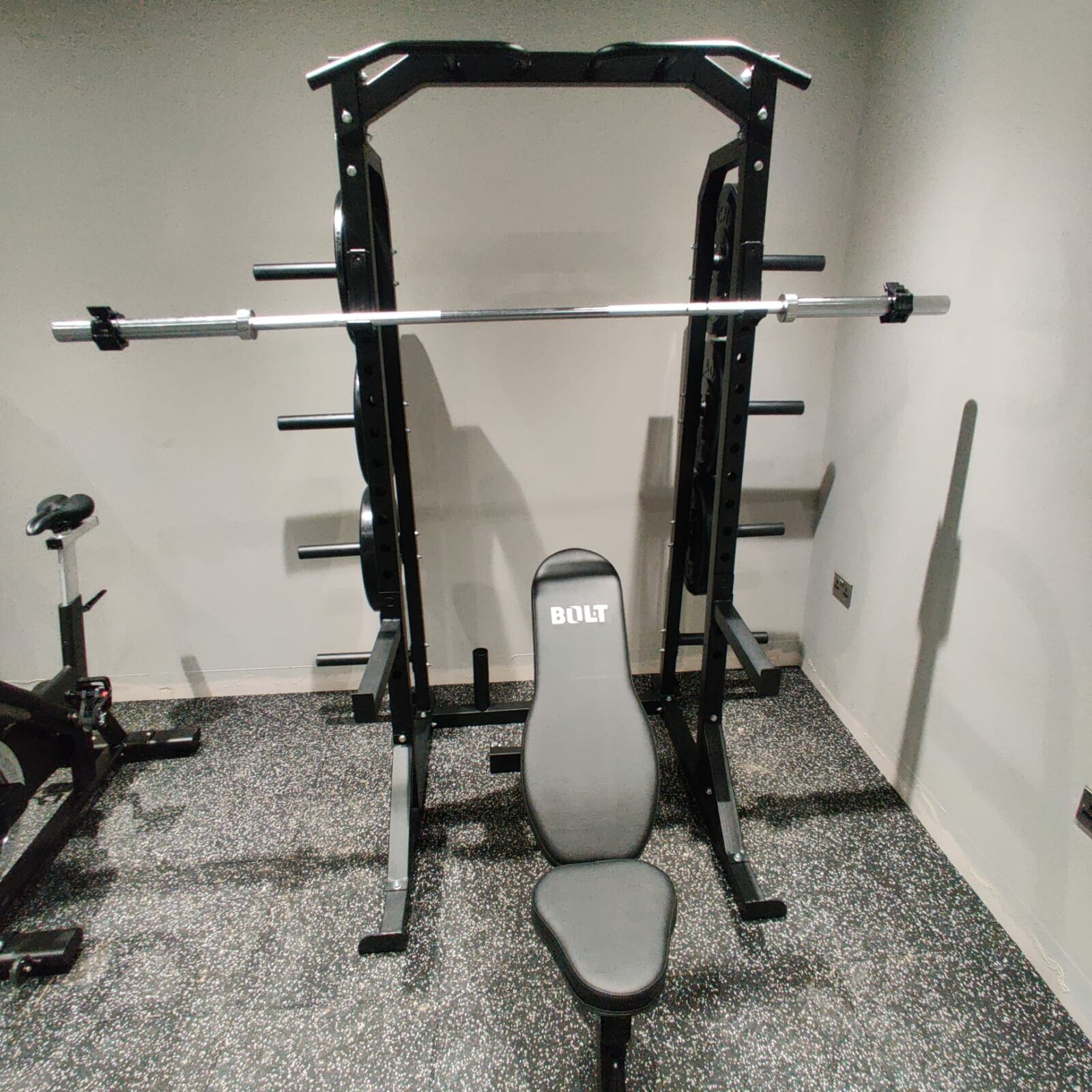Squat racks (also referred to as a power cage or squat cage) are perfect exercise equipment to help you build up strength and muscle mass. It is considered an essential piece of strength equipment at home and in commercial gyms.
A squat rack may seem intimidating for beginners, but once you know about the different types of squat racks and how to use them correctly, you will understand how important they are in your workout regime.
As your guide to squat racks, this article will help you understand how you can find the right squat rack for you, the steps to set it up, and the correct method to use them.
Squat rack and its types:
A basic squat rack consists of four steel uprights with two horizontal bars connecting them, a fixed base, and horizontal pull up bars at the top. These vary in size and are very different from a rig, a bigger version of a squat rack.
There are various types of squat racks available in the market, and choosing the right one depends on the level of workout you wish to perform. Luckily for you Fitness Equipment Ireland offers a wide range of racks. These include:
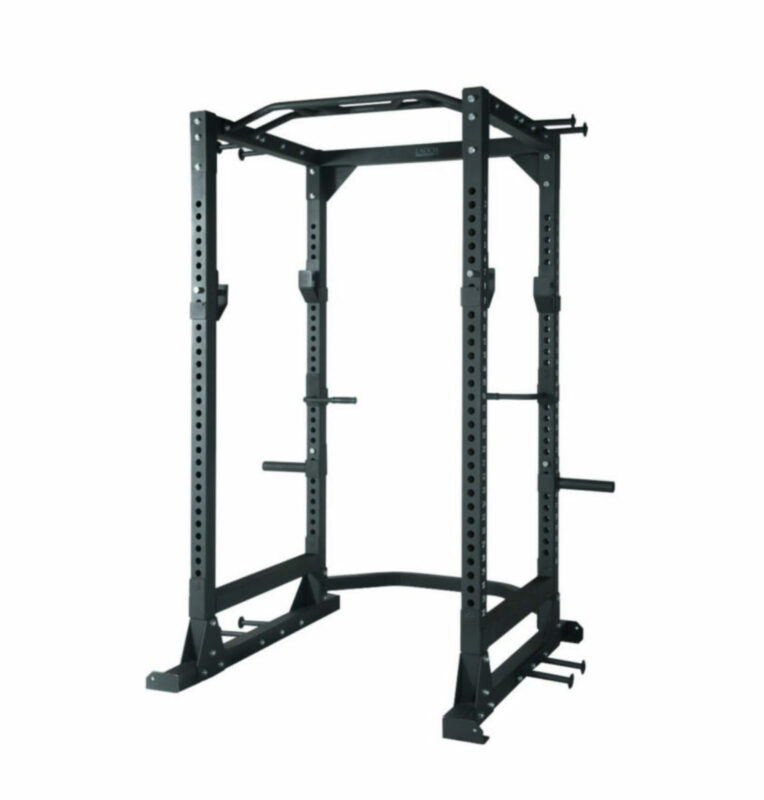
The most highly sought squat rack is the power rack as it offers the safety of a mechanical spotter, the flexibility to perform many lifts, and gives you the freedom to exercise with free weights alone. You can perform a full-body workout with front and back squats, shoulder presses, deadlifts, bench presses, and heavy rows with a power rack.
However, these racks have low portability and take up more space. Hence, you will mostly find them in commercial gyms or home gyms with sufficient space..
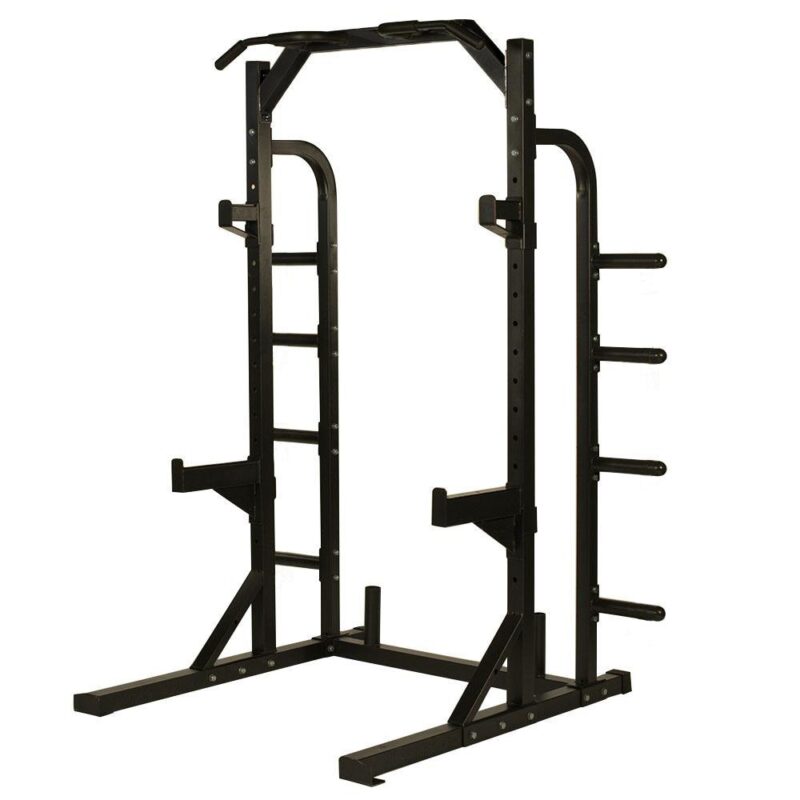
A half rack is a smaller version of a power or full squat rack and most of the exercises can be performed on it as a full squat rack. These are ideal if you do not have a lot of space in your home gym. These may come with integrated pull-up bars, weight plate storage and even accessories storage for your kettlebells, dumbbells, and gym balls.
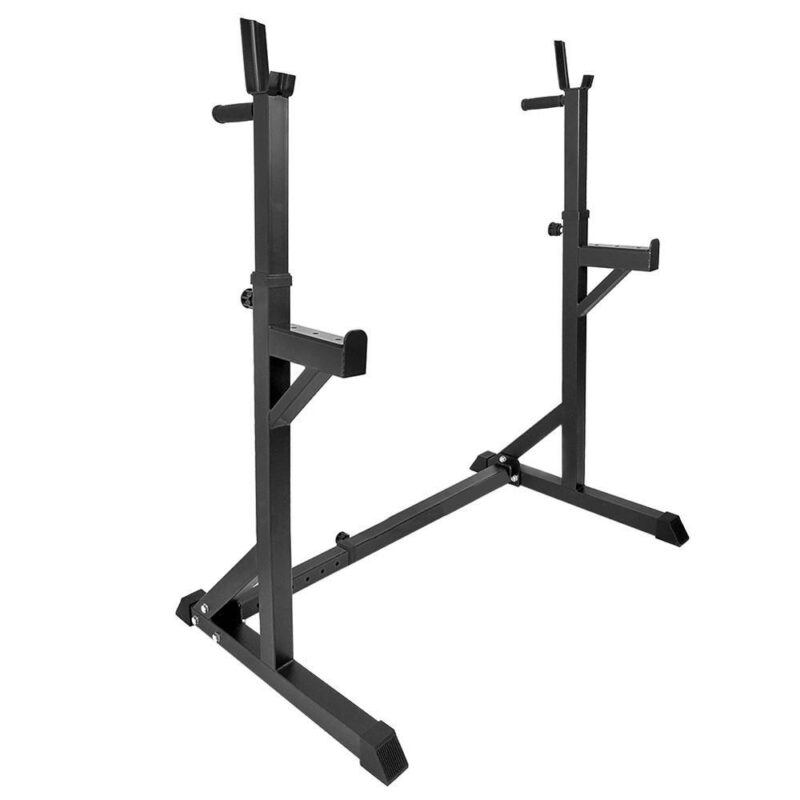
If you do not like feeling caged and want to save on space and money, a simple squat stand is an ideal choice. It is a free-standing stand that can help you with your squats and a range of bench exercises. It is easily moveable and can be put in the corner of a room when not in use. However, it comes with low safety features and versatility when compared to a power rack.
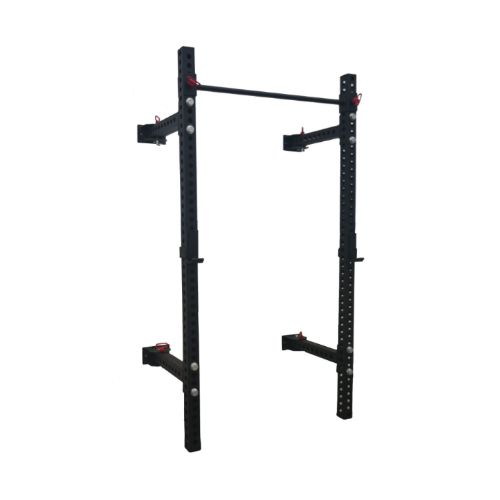
These are the perfect invention for those with minimal space but who want to perform squats and other exercises. These squat racks get mounted on a wall, and you can fold them out of the way while not in use.
Buying the right rack:
A squat rack is perhaps the most expensive piece of equipment in any home or commercial gym space. Therefore it is crucial to research the features of a squat rack. Here are a few things you should consider when you purchase your squat rack:
- Space
The first thing you need to consider is how much space you have for your squat stand. Consider the ceiling height, your floors surface area, and also the location of the squat rack. Also, make sure to consider the extra space you will require for the barbells and loading weights (at least 1½ feet on either side of the barbell).
- Stability
For the heavy lifters, you will have to consider the weight capacity of a squat rack before a purchase. While a half or quarter rack takes up less space and is cheaper, a full squat rack will offer you more stability, durability and safety.
- Price
Like with any equipment, price is a significant factor when making a purchase. The more accessories you add, the more expensive it is when it comes to a squat stand. Make sure to consider the accessories you require to find the best option for you.
- Bolting
Most squat racks come with the option to bolt the frame to the floor to prevent it from falling over and make it stable. When choosing a squat rack, you need to consider if fixing it on the floor is possible or if you require stabilisers for more sturdiness.
5. Equipment Grade
Gym equipment comes in different grades, home use, semi-commercial, and full commercial. Home equipment is only suitable for equipment that will be used in the home, semi commercial grade is for sports clubs and small to medium hotel gyms. Full commercial grade is where the equipment is destined to a large gym where there will be hundreds of members using the equipment weekly. Make sure to select the right equipment grade when choosing your rack.
How you can use a squat rack:
Apart from helping you with squats, a squat or power rack can give you a full-body workout in a compact space if used the right way. The more exercise options you add to your regime, the stronger you will get. However, performing all these exercises effectively is also crucial, so you do not hurt yourself.
Here are a few exercises and tips to help you get the best out of your workout with a squat rack.
- Back squats: Your feet should be placed a little more than shoulder-width apart with your toes pointing out.
- Barbell lunges: Use both your legs during the lunges and use your core muscles to remain stable.
- Glute Bridges: Make sure the weight bench is behind you (the bench edge should be close to your middle back); before you bring your knees up and lift your hips.
Squats are a powerful exercise that works out all your major muscle groups, and a squat rack helps you perform squats and other exercises safely and effectively. Choosing a squat rack may seem arduous, but considering your current and future workout needs, it can help you choose the right one for you.

